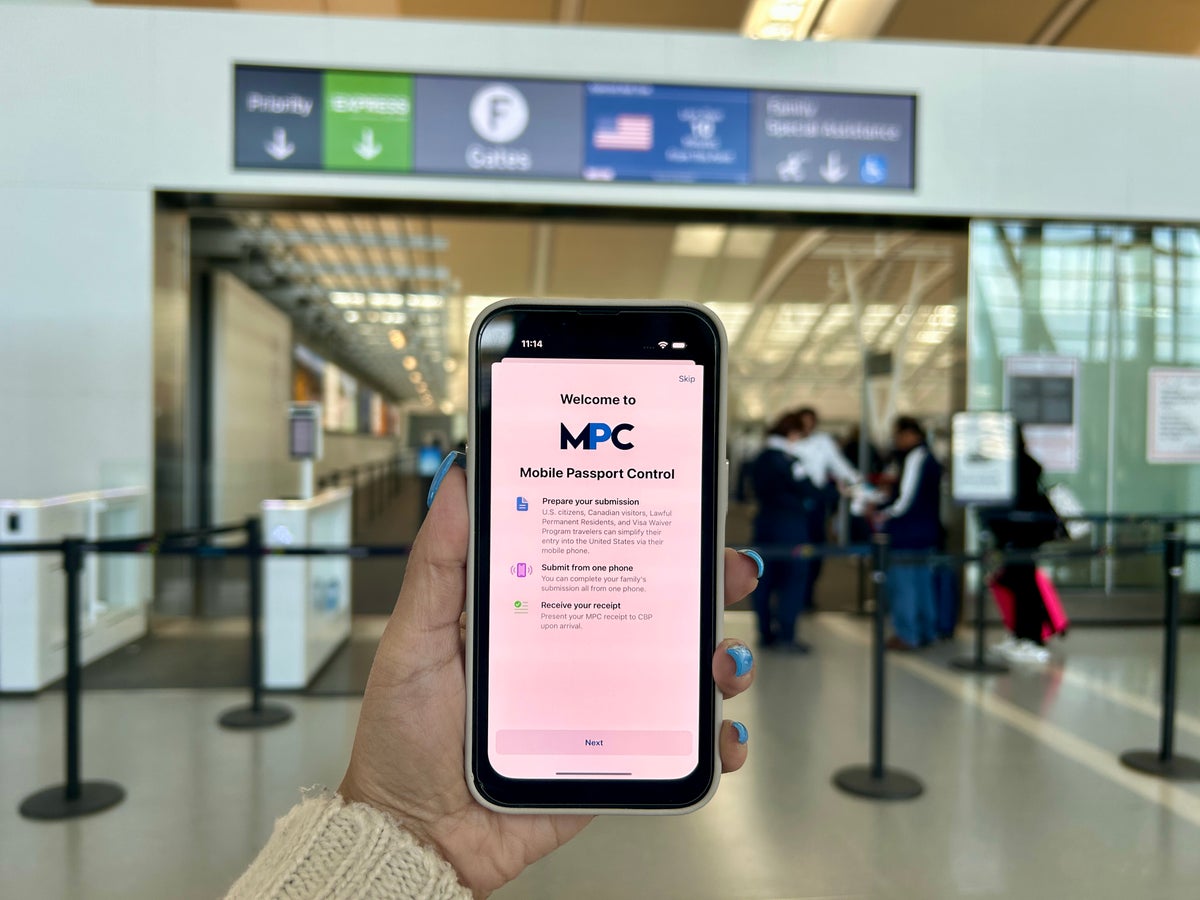Brian Graham
Brian Graham
Former Content Contributor
10 Published Articles
Countries Visited: U.S. States Visited:
After leveraging employee travel benefits from a previous corporate job, Brian set sail with his buddy around the world and has become a seasoned traveler who maximizes points and miles wherever possi...
Edited by: Jessica Merritt
Jessica Merritt
Senior Editor & Content Contributor
179 Published Articles 762 Edited Articles
Countries Visited: 4U.S. States Visited: 23
A long-time points and miles student, Jessica is the former Personal Finance Managing Editor at U.S. News and World Report and is passionate about helping consumers fund their travels for as little ca...
& Keri Stooksbury
Keri Stooksbury
Editor-in-Chief
73 Published Articles 3694 Edited Articles
Countries Visited: 54U.S. States Visited: 28
Editing with Upgraded Points for over 6 years, as editor-in-chief, Keri manages the editorial calendar and oversees the efforts of the editing team and over 20 content contributors, reviewing thousand...
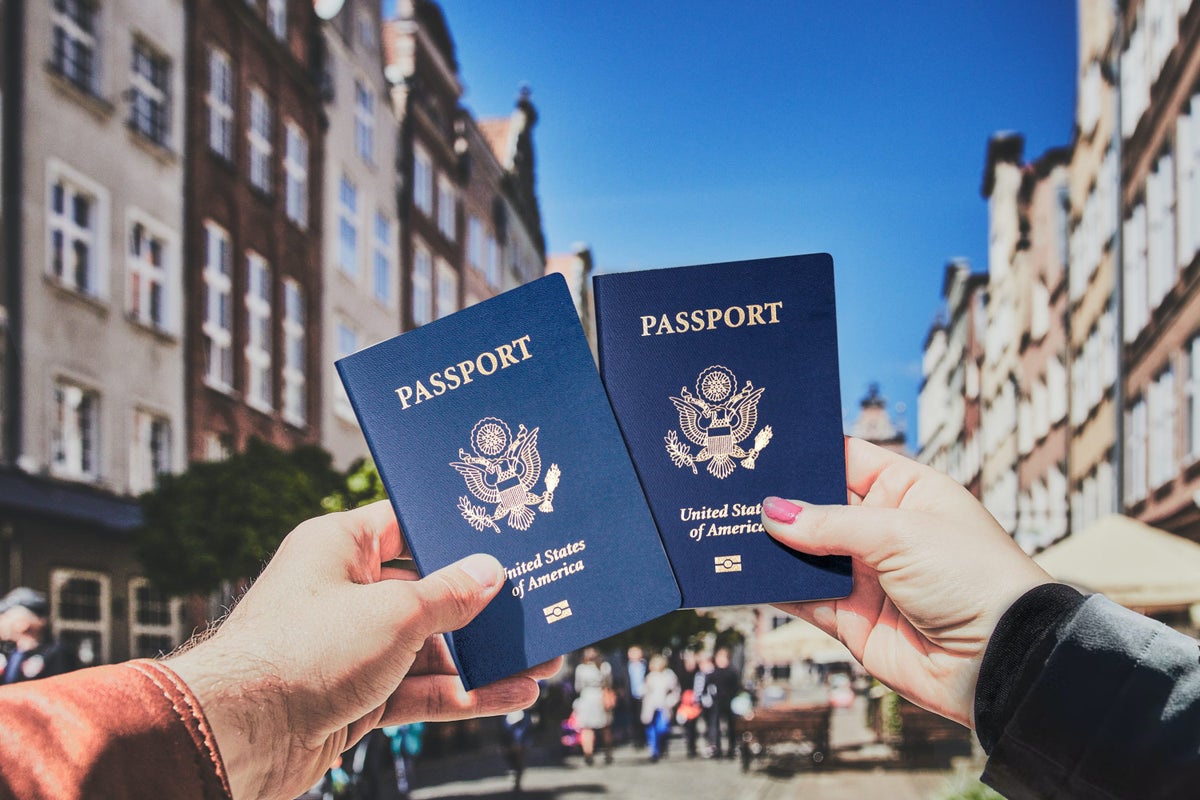
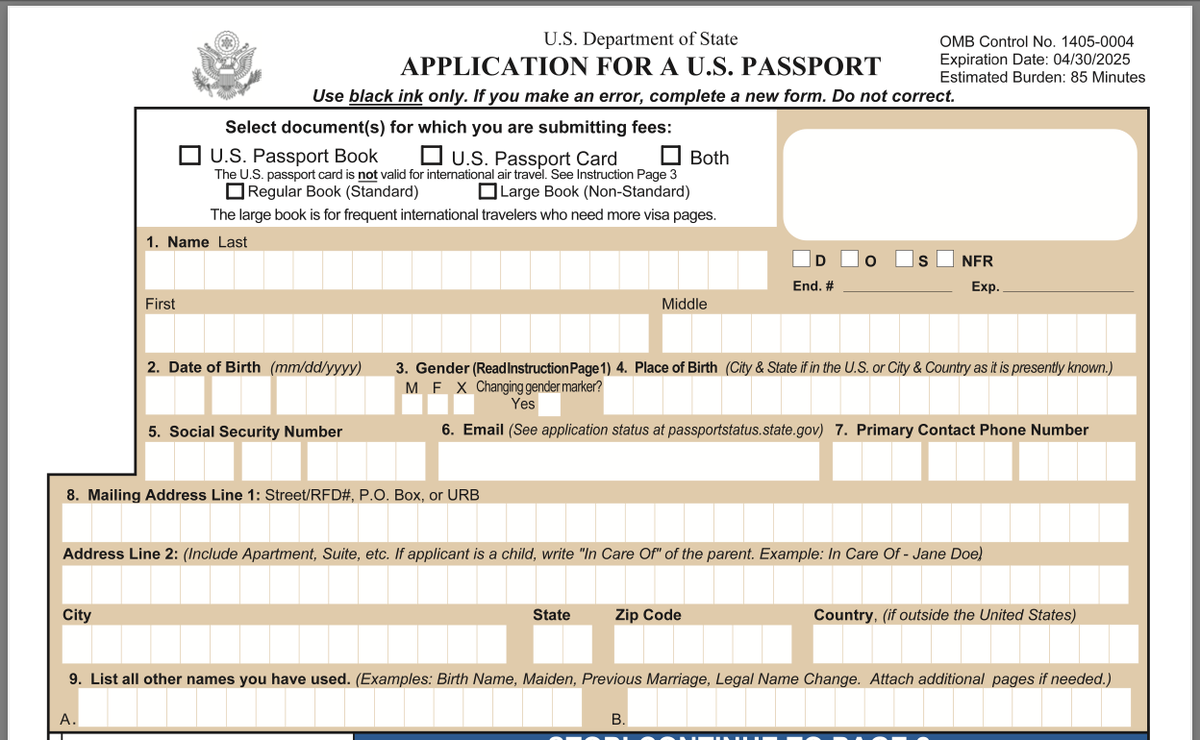
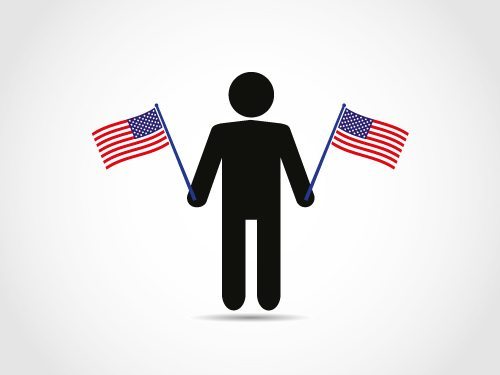



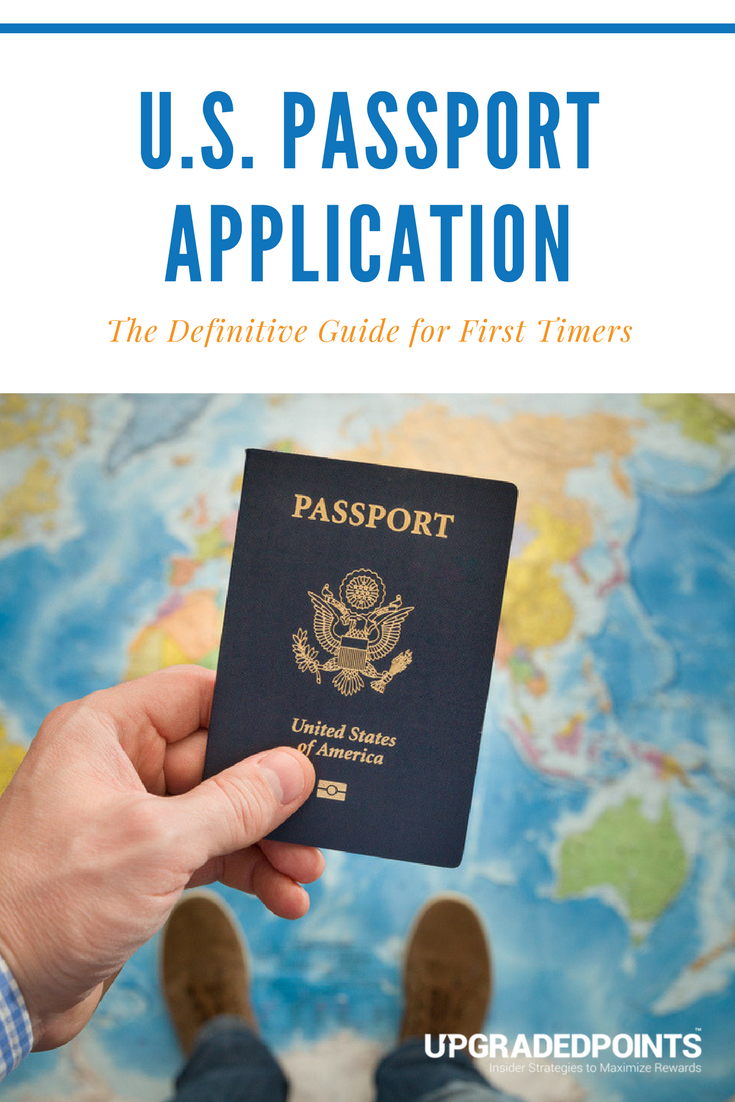
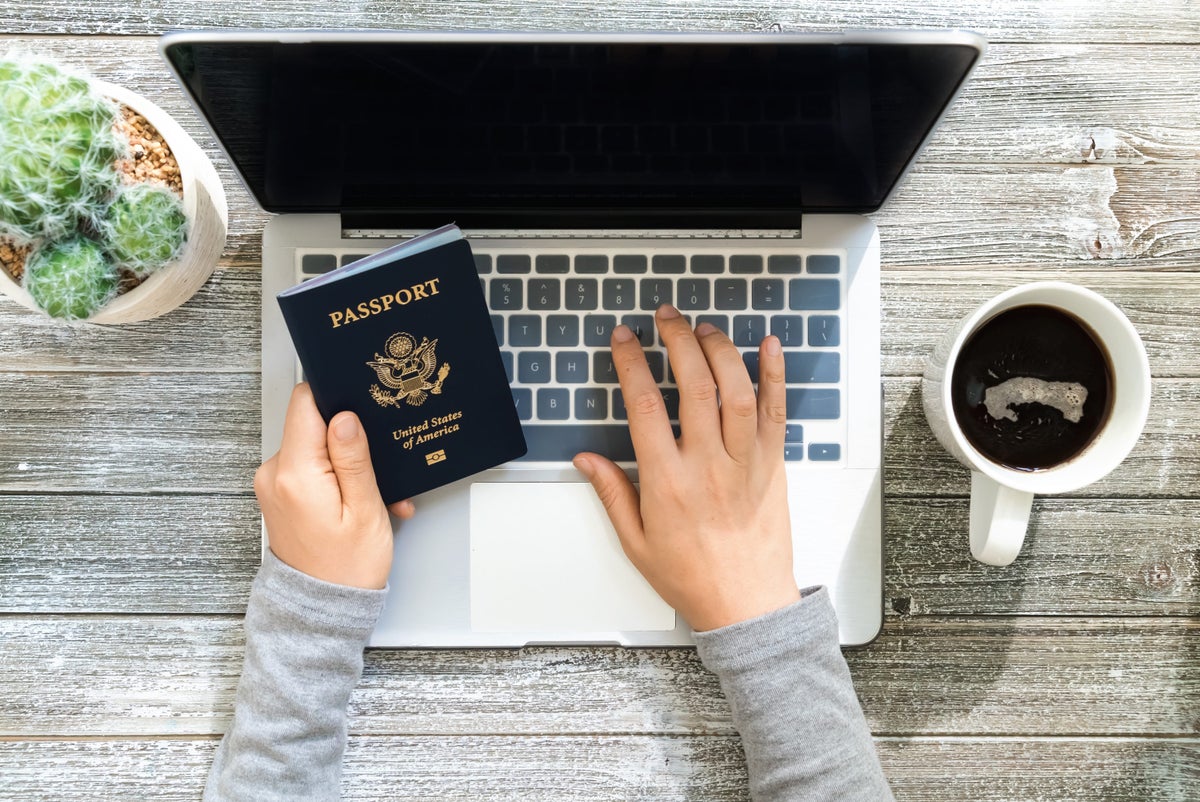
![In-depth Guide to U.S. Passport Renewals and Special Cases [2025]](https://upgradedpoints.com/wp-content/uploads/2016/01/Passport-Renewal-Featured.jpg?auto=webp&disable=upscale&width=1200)
![The Definitive Guide to Credit Card Fees [and How to Avoid Them]](https://upgradedpoints.com/wp-content/uploads/2018/09/woman-paying-with-credit-card.jpg?auto=webp&disable=upscale&width=1200)
